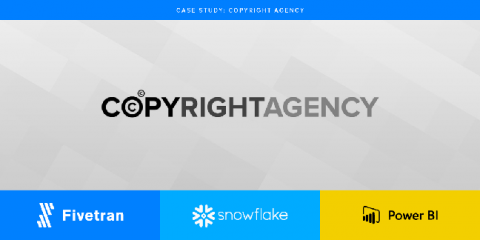Overview of the Operational Database performance in CDP
This article gives you an overview of Cloudera’s Operational Database (OpDB) performance optimization techniques. Cloudera’s Operational Database can support high-speed transactions of up to 185K/second per table and a high of 440K/second per table. On average, the recorded transaction speed is about 100K-300K/second per node. This article provides you an overview of how you can optimize your OpDB deployment in either Cloudera Data Platform (CDP) Public Cloud or Data Center.








